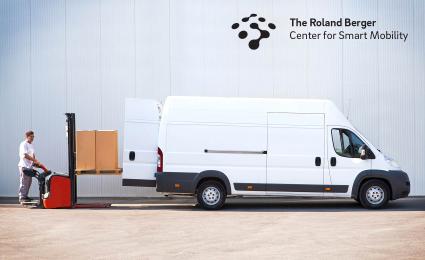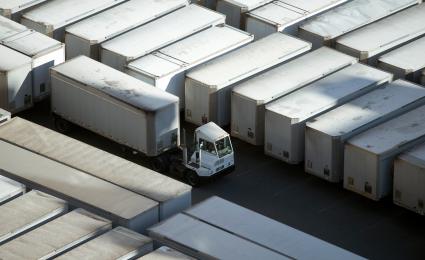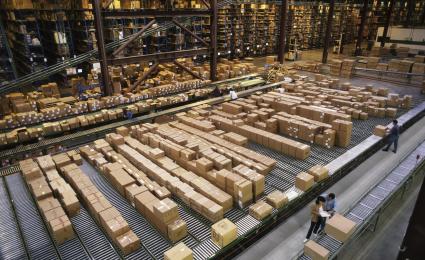Three different scenarios for the future
Three different scenarios exist if atomization continues to grow. In the first one,
retail
giants prevail - investing in new buildings, infrastructure and software will allow them to offer even more convenient and faster delivery options while still keeping costs under control. This scenario is likely to have a strong impact impact on cities, logistics operators and consumers, who may have to adapt to the rules and regulations of the retailer. In the second scenario, government bodies introduce regulations that enforce a bundling of flows, or massification, leading to several issues for urban logistics operators including obstacles when it comes to introducing new innovations and services. Finally, in the third scenario: stakeholders in the ecosystem massify by combining their delivery efforts. Logistics players would save time and money through bundled deliveries and optimized processes, consumers would get convenient, cheaper deliveries and urban pollution would considerably decrease. This is the most optimal scenario for everyone involved as it creates an equilibrium that benefits all stakeholders: sound competition exists between logistics players, governing bodies are able to influence the system but not overregulate it and consumer expectations are consistently met.
But how can stakeholders collaborate?
To ensure massification, different stakeholders need to come together and take action. For example, logistics operators could share facilities and pool flows in a reduced number of warehouses, while city authorities should incentivize the pooling of flows of goods. Consumers should be encouraged to become a more active part of the delivery experience, with certain behaviors being incentivized, such as receiving parcels on a specific day or at a specific time. Vehicle manufacturers (OEMs) can develop purpose-built vehicles (PBVs) that are designed specifically for urban logistics, and which combine high storage capacity, autonomy, speed and suitability.
What the future holds in store
The massification of urban logistics is likely inevitable. Already, logistics operators are consolidating as a result of rapid atomization and consumer demand evolution. As these players grow and acquire greater financial and operational resources, they may massify in the most profitable geographic areas – a version of the first scenario – but with logistics providers playing the “giant” role rather than large retailers. Alternatively, once they have acquired their competitors and thus limited their competition, logistics operators may prefer the third scenario where collaboration comes into play. The risk, however, is that they fail to do either and the second scenario kicks in - where cities and regulators take the lead.
Learn more about how logistics players can address the increasing challenges posed by atomization and still meet customer demands in Roland Berger’s study.
![{[downloads[language].preview]}](https://www.rolandberger.com/publications/publication_image/Urban-Logistics-COVER_download_preview.jpg)












